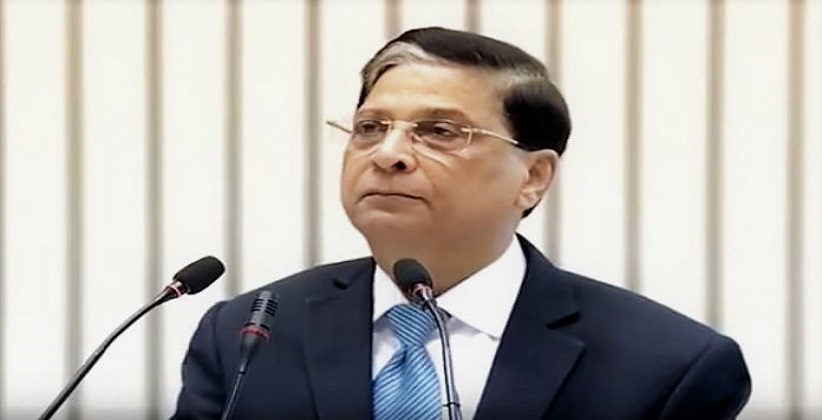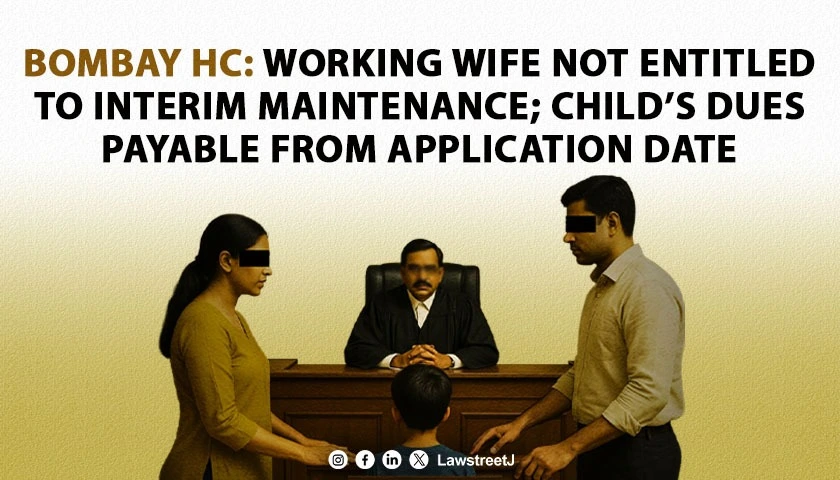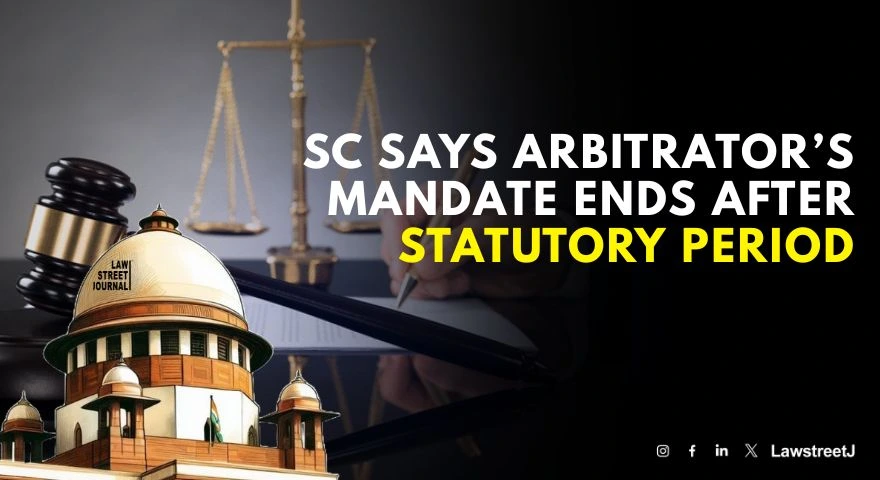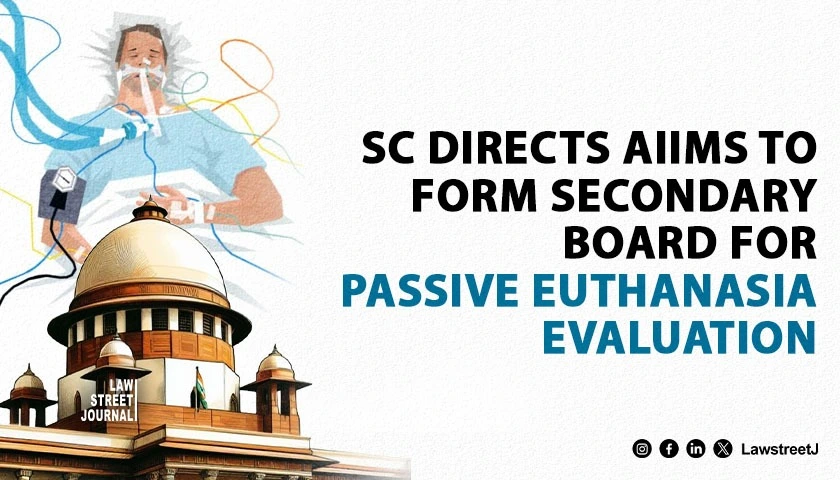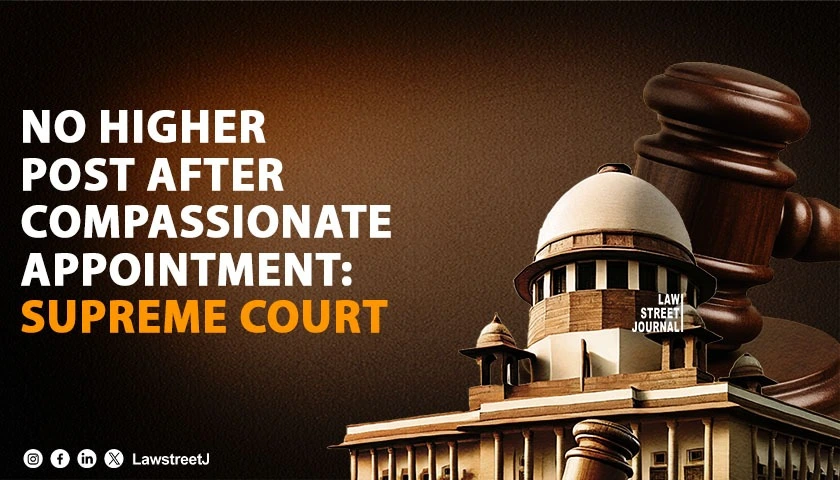The Opposition party has been reportedly going forward with their proposal for impeachment against Chief Justice Dipak Misra. The Opposition parties submitted the motion, signed by 71 MPs to Chairman of the Rajya Sabha Venkaish Naidu this afternoon.
As per the sources seven opposition parties have demanded the impeachment of Chief Justice Misra The Indian National Congress (INC), Bahujan Samaj Party (BSP), Samajwadi Party (SP), National Congress Party (NCP), Indian Union Muslim League (IUML), Communist Party of India (CPI) and Jharkhand Mukti Morcha (JMM).
The Congress party will be addressing the press on the proposed impeachment at the Constitutional club, New Delhi this afternoon.
The impeachment motion has been initiated after the chain of events that took place in the Supreme Court towards the end of last year, specifically the Medical College bribery case (Prasad Educational Trust) seems to be the root cause for this impeachment motion.
Procedure to impeach the Chief Justice of India
The Constitution of India lays down the procedure for the removal of the judge of the Supreme Court under Article 124 (4) which states that Judge of the Supreme Court shall not be removed from his office except by an order of the President passed after an address by each House of Parliament supported by a majority of the total membership of that House and by a majority of not less than two-thirds of the members of that House present and voting has been presented to the President in the same session for such removal on the ground of proved misbehavior or incapacity."
The Judges (Inquiry) Act, 1968 and the Judges (Inquiry) Rules, 1969, also provides the process of impeachment.
Following are the steps of the impeachment procedure:
Step 1: A notice of motion is to be given by 100 MPs from the Lok Sabha or 50 MPs from the Rajya Sabha to the Speaker or the Chairman as the case may be.
Step 2: The motion can either be accepted or rejected by the Speaker/Chairman of the House. If the motion is admitted, the Speaker or the Chairman of the House shall keep the motion pending and constitute a three-member committee comprising a judge of the Supreme Court, a judge of the High Court and a distinguished jurist to investigate the charges.
Step 3: The three-member committee shall then submit its report which will be taken up for discussion in the House, where it had been introduced and must be passed by a special majority.
Step 4: Once it is passed, it is taken up in the next House where again it needs to be passed by a special majority.
Step 5: If the motion is adopted by each House of Parliament then, the misbehavior or incapacity of the Judge shall be deemed to have been proved and an address praying for the removal of the Judge shall be presented to the President by each House of Parliament in the same session in which the motion has been adopted.
Stay tuned with Lawstreet Journal for latest updates.

